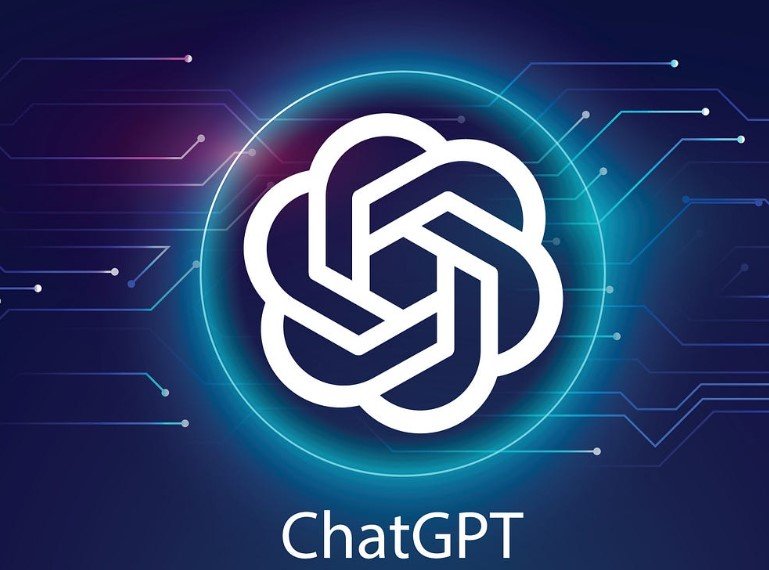OpenAI’s chatbot surges 150% in usage in just six months, with global adoption reshaping how people interact with information
ChatGPT is no longer just an AI novelty — it’s a global habit. The Microsoft-backed tool is now clocking an astonishing 2.5 billion prompts per day from users across the world, a huge leap from the 1 billion daily prompts it handled just six months ago.
That’s not a typo. 2.5 billion. Daily.
OpenAI’s chatbot, launched in late 2022, has officially crossed into internet utility territory — used for work, school, business, therapy, and basically anything else that involves thinking and typing.
America Leads, But the World Is Catching Up Fast
More than 300 million of those daily prompts are coming from users in the U.S. alone, according to figures published by Axios and confirmed by OpenAI insiders.
That’s nearly the entire population of the United States generating prompts every day. Of course, many users generate multiple prompts in a single session, but the scale is still staggering.
What’s fueling the growth?
-
Widespread integration in Microsoft products like Word and Excel.
-
Expanding use in non-English speaking countries.
-
The launch of GPT-4o, which combines text, vision, and voice in a smoother interface.
India, Brazil, Indonesia, and the Philippines are among the fastest-growing user bases. In some countries, schoolteachers and students now use ChatGPT more than traditional search engines.

A Blistering Pace: From 1B to 2.5B in Just 6 Months
Here’s how quickly this escalated:
| Time Period | Daily Prompts | Growth |
|---|---|---|
| Jan 2024 | ~1 billion | Baseline |
| Jul 2025 | 2.5 billion | +150% in 6 months |
That 150% surge is not just impressive — it’s a rare phenomenon in tech outside of viral apps. Even the early days of Facebook or TikTok didn’t show such fast global penetration at this scale.
And if you do the math:
2.5 billion prompts/day × 365 days = 912.5 billion prompts a year.
That’s almost a trillion questions, requests, brainstorms, summaries, jokes, emotional breakdowns, and Python bugs — all funneling through a single AI system.
Still Behind Google in Overall Reach — For Now
Despite this explosive growth, ChatGPT still trails Google in raw engagement. Google handles over 8.5 billion searches daily, most of them short and transactional. ChatGPT’s interactions, by contrast, are longer and often involve multi-turn conversations.
That said, the gap is shrinking. Especially among younger users and students.
Some analysts argue ChatGPT isn’t meant to replace search — it’s meant to replace the need to search. That means the metrics don’t stack neatly, but the trend is clear: more people are treating ChatGPT like a trusted co-pilot for digital life.
Microsoft’s Big Bet Looks Smarter by the Day
When Microsoft poured billions into OpenAI and rolled out GPT integrations across its productivity suite, some critics thought it was too much, too fast.
Now? Not so much.
ChatGPT is baked into Bing, Word, Excel, Outlook, and even Windows 11. And with every corporate meeting, résumé rewrite, and marketing brief generated with a “CoPilot,” Microsoft strengthens its case that AI isn’t optional anymore — it’s the new UI.
One senior product engineer at Microsoft, speaking off-record, said: “Google may have the web. But we’re aiming for the desktop. And ChatGPT is the engine.”
What Are People Actually Doing With 2.5 Billion Prompts a Day?
It’s not all tech bros and teenagers.
A breakdown from OpenAI’s internal research shows just how wide the use cases have become:
-
Students use it for summarizing academic papers, writing college essays, or solving calculus problems.
-
Lawyers draft contracts or analyze case law.
-
Parents create bedtime stories customized to their child’s name and interests.
-
Developers use it for writing, debugging, and explaining code.
-
Therapists and patients use it for mental health check-ins, journaling prompts, and self-reflection.
And then there’s the weird stuff. A flood of people now treat ChatGPT like a therapist, best friend, debate opponent, or late-night muse.
One Indian startup founder admitted: “I talk to ChatGPT more than I talk to my cofounder.”
What’s Next? Agents, Autonomy, and a Lot More Prompts
The flood might just be starting.
OpenAI is gradually rolling out its new “ChatGPT Agent” system — a toolkit that lets GPT perform multi-step tasks autonomously, like booking flights, filing invoices, or managing calendars. Think of it as giving the AI hands and memory, not just a voice.
If that works as expected, prompt volume could go from billions to something closer to background noise — invisible but everywhere.
Don’t forget, GPT-4o already includes multimodal features: It can look at images, listen to voice, and talk back in real-time. The more modes it supports, the more daily prompts it will absorb.
